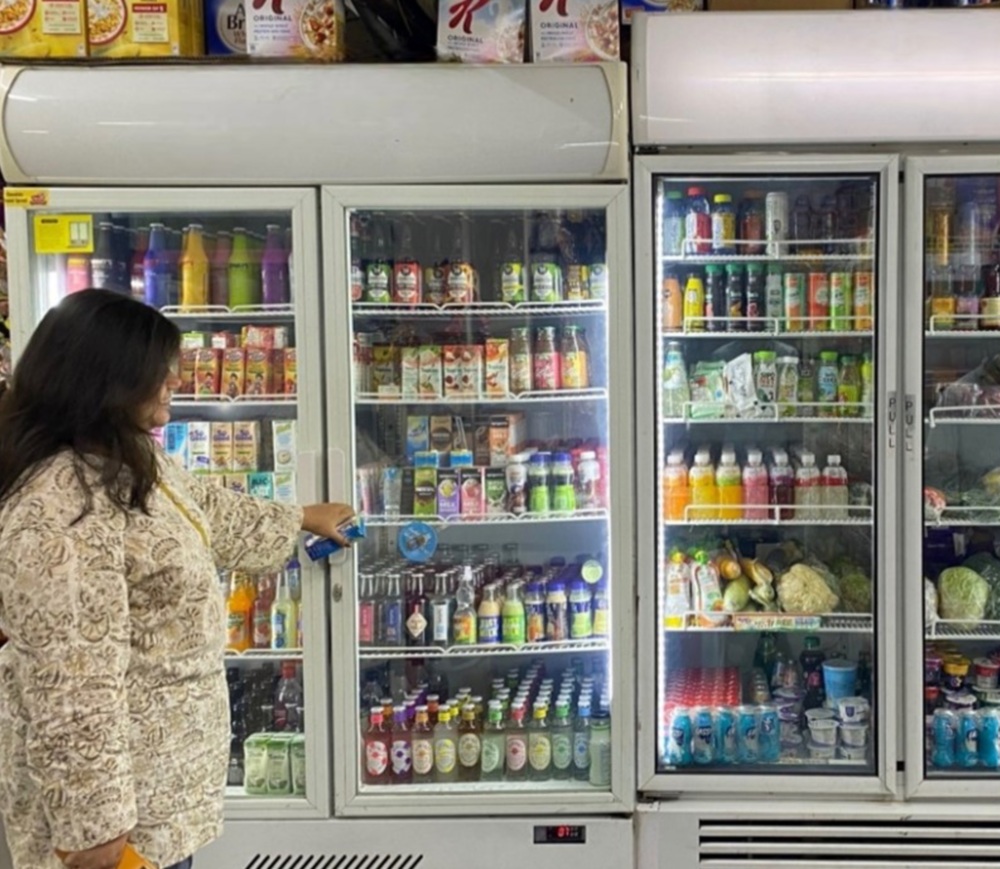Lowering Energy Consumption and CO₂ Emissions from Electric Motors in Pakistan Through Efficiency Policy
Summary
This report quantifies the current status of the motor market in Pakistan, the potential impact of introducing a policy that initally only regulates large motors, and the practicality of doing so.
There are currently 14 million electric motors installed in Pakistan, a number projected to rise to 25 million by 2030. As a result, the electricity consumed by motors will increase by 60% to 120 TWh by 2030, corresponding to 60 MT of CO₂ in the same time frame. Without rapid and effective policy intervention, economic and environmental stress will become more acute. However, the national adoption of the world’s best minimum energy performance standards (MEPS) would severely impact local producers, causing substantial financial and social stresses in primary production hubs. This report finds that larger motors (i.e., those above 5 kW) use 70% of the annual energy consumed by the product in Pakistan and represent only 3% of local production. Thus, by initially focusing on these larger motors, a high proportion of the potential energy and emissions reductions can be captured while avoiding the majority of the negative societal impacts.
In early 2019, the National Energy Efficiency and Conservation Authority (NEECA) of Pakistan requested that CLASP investigate the potential of implementing MEPS for electric motors. This report quantifies the current status of the motor market in Pakistan, the potential impact of introducing the policy, and the practicality of doing so. Implementation of the regulations as proposed would yield a cumulative electricity reduction of 37 TWh, cutting consumer costs by PKR 740 billion ($5B), and carbon emissions by 18.5 MT by 2030.









